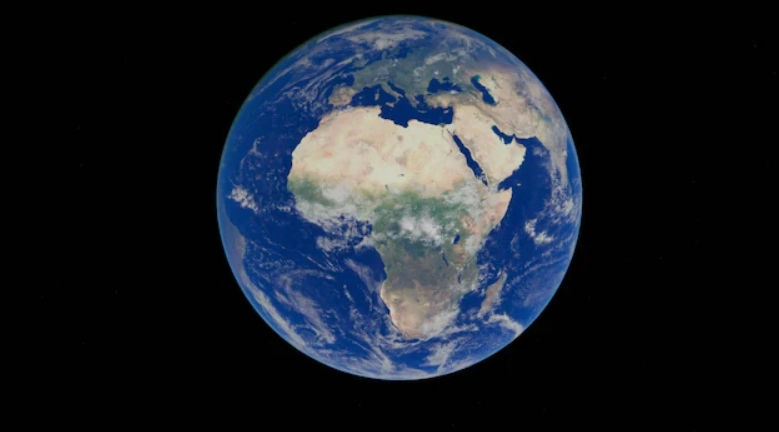
Scientists have officially confirmed the discovery of a new super-Earth, HD 20794 d, located just 20 light-years away. This exoplanet, with a mass six times that of Earth, orbits a sun-like star and lies within the habitable zone—meaning it could potentially support liquid water and, possibly, life.
The planet was initially detected in 2022 by Dr. Michael Cretignier from Oxford University while analysing data from the HARPS (High Accuracy Radial Velocity Planet Searcher) spectrograph at Chile’s La Silla Observatory. He observed tiny, periodic shifts in the star’s light spectrum, likely caused by the gravitational influence of a nearby planet. However, the weak signal made it difficult to confirm the planet’s existence with certainty at the time.
“The original signal was at the edge of the spectrograph’s detection limit, so it was hard to be completely convinced if it was real or not," Dr. Cretignier explained.
To verify the discovery, an international team of scientists analysed data spanning two decades, combining findings from HARPS with observations from a more advanced instrument, ESPRESSO. Their research ultimately confirmed HD 20794 d as a super-Earth, strengthening hopes of finding habitable planets beyond our solar system.
“We worked on data analysis for years, gradually analysing and eliminating all possible sources of contamination," added Dr Cretignier.
With advanced data processing methods, they were finally able to prove that the signal belonged to a real planet.
“For me, it was naturally a huge joy when we could confirm the planet’s existence. Excitingly, its proximity to us (only 20 light years) means there is hope for future space missions to obtain an image of it," Dr Cretignier said.
HD 20794 d is unique because its orbit is not perfectly circular. Instead, it follows an elliptical path which means it moves from the outer edge of the habitable zone to the inner edge throughout its year.
Even though scientists cannot yet determine if HD 20794 d has the right conditions for life, its proximity to Earth makes it crucial for future space missions. Advanced telescopes such as the Extremely Large Telescope, the Habitable Worlds Observatory and the Large Interferometer for Exoplanets (LIFE) are expected to study the atmospheres of such planets to search for “biosignatures" which indicate potential life.
Dr Cretignier is eager to see how other scientists will build upon this discovery. “While my job mainly consists of finding these unknown worlds, I’m now very enthusiastic to hear what other scientists can tell us about this newly discovered planet," he said.